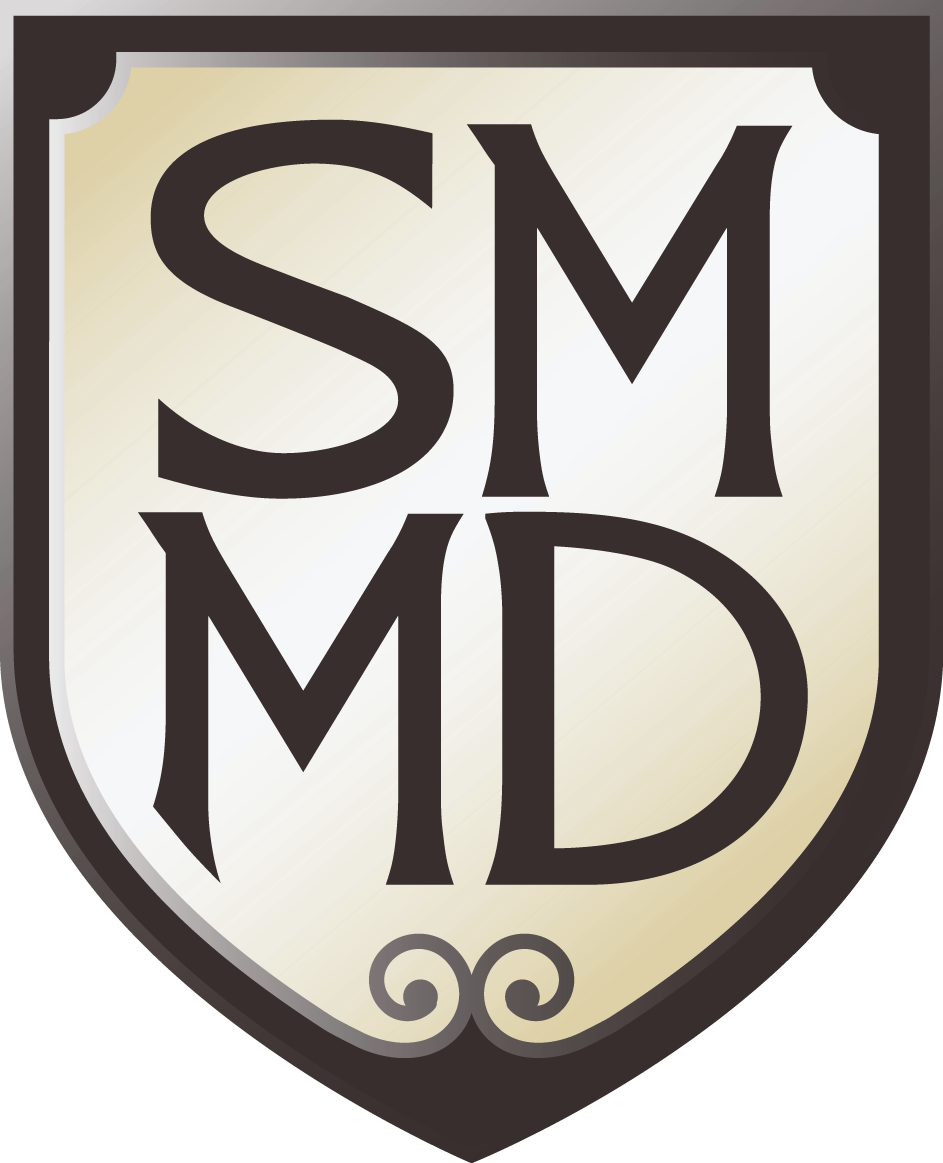Tuppurainen M, Härmä K, Komulainen M, Kiviniemi V, Kröger H, Honkanen R, Alhava E, Jurvelin J, Saarikoski S.
Department of Obstetrics and Gynecology, Kuopio University Hospital, Kuopio, Finland; Bone and Cartilage Research Unit, Clinical Research Center, University of Eastern Finland, Kuopio, Finland.
OBJECTIVE: To determine the effects of HRT with or without clodronate on bone mineral density (BMD) change and bone turnover markers.
DESIGN: Prospective, partly randomized trial.
SETTING: Kuopio University Hospital, Finland.
POPULATION: 167 osteoporotic women (61+/-2.7 years; T-score</=-2.5 SD).
METHODS: Estradiol 2mg+NETA 1mg, randomization to additional 800mg clodronate (n=55, HT+C-group) or placebo (n=55, HT-group); if contraindications to HRT, clodronate (n=57, C-group).
MAIN OUTCOME MEASURES: BMD by DXA after 1, 3 and 5 years, serum osteocalcin (OC) and bone-specific alkaline phosphatase (BAP) at the baseline and after 3 years. RESULTS: After 5 years, adjusted lumbar BMD increased by 4.2% in the HT-group and 3.7% in the HT+C-group. The C-group showed a decrease of -1.1%, the total difference being 5.3% and 4.8% between HT, HT+C vs. C-group, respectively (p<0.001). In the femoral neck, the adjusted 5-year BMD benefit was 1.3% and 2.4% in the HT- and HT+C-groups, respectively, the net loss of BMD in the C-group was -3.3% (p<0.05 between HT+C vs. C). By 3 years, OC decreased by 55.0%, 70.3% and 53.8% in the HT-, HT+C- and C-groups, respectively (p<0.001 vs. baseline). The significant decreases of BAP were 39.4% in the HT-group, 42.1% in the HT+C-group and 30.2% in the C-group with no significant differences between the groups after adjustments. Watch Full Movie Online Streaming Online and Download
CONCLUSIONS: In postmenopausal women with osteoporosis, HRT increased spinal and femoral BMD, but the combination of HRT and clodronate did not offer an extra gain of bone mass.
Copyright © 2010. Published by Elsevier Ireland Ltd.

